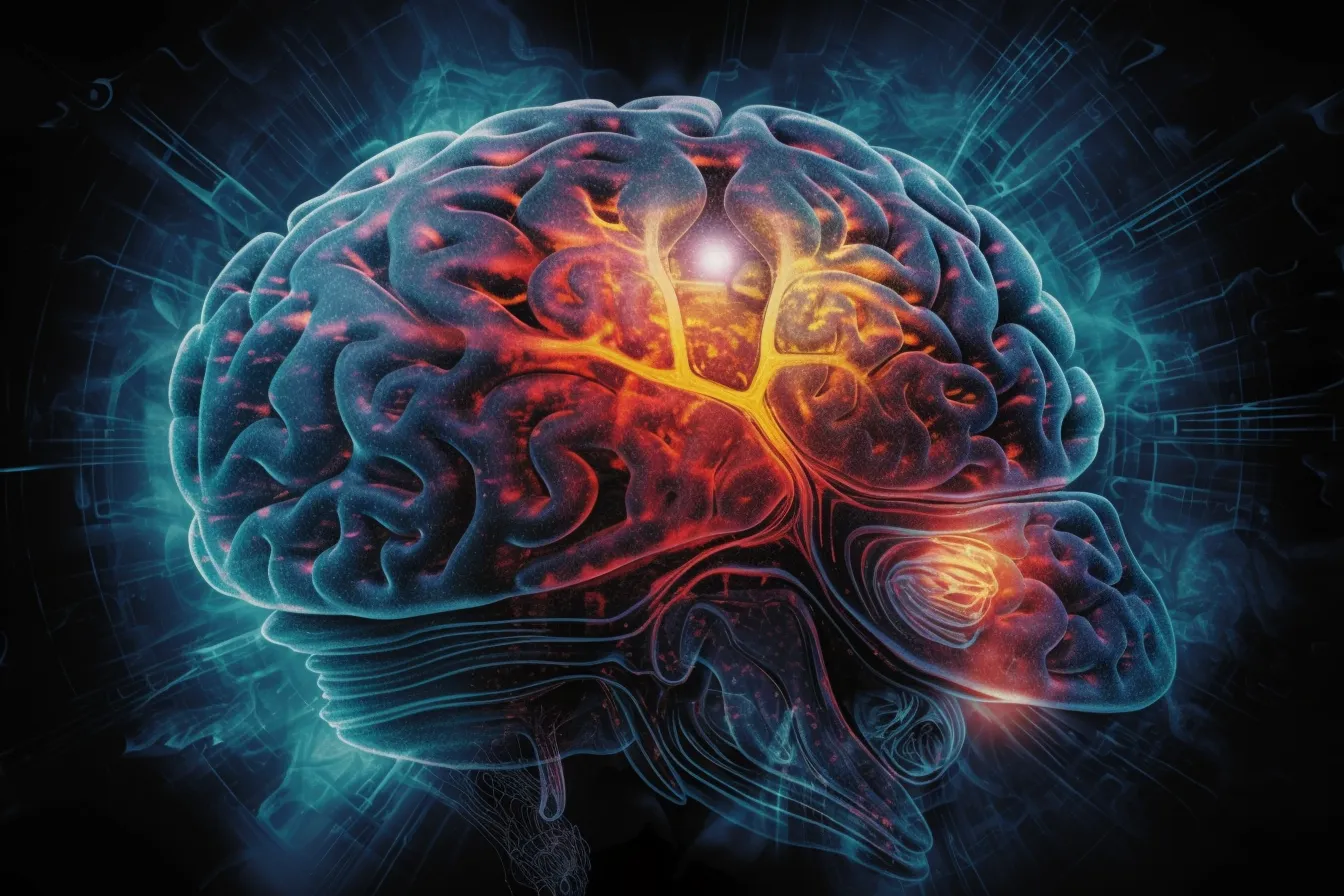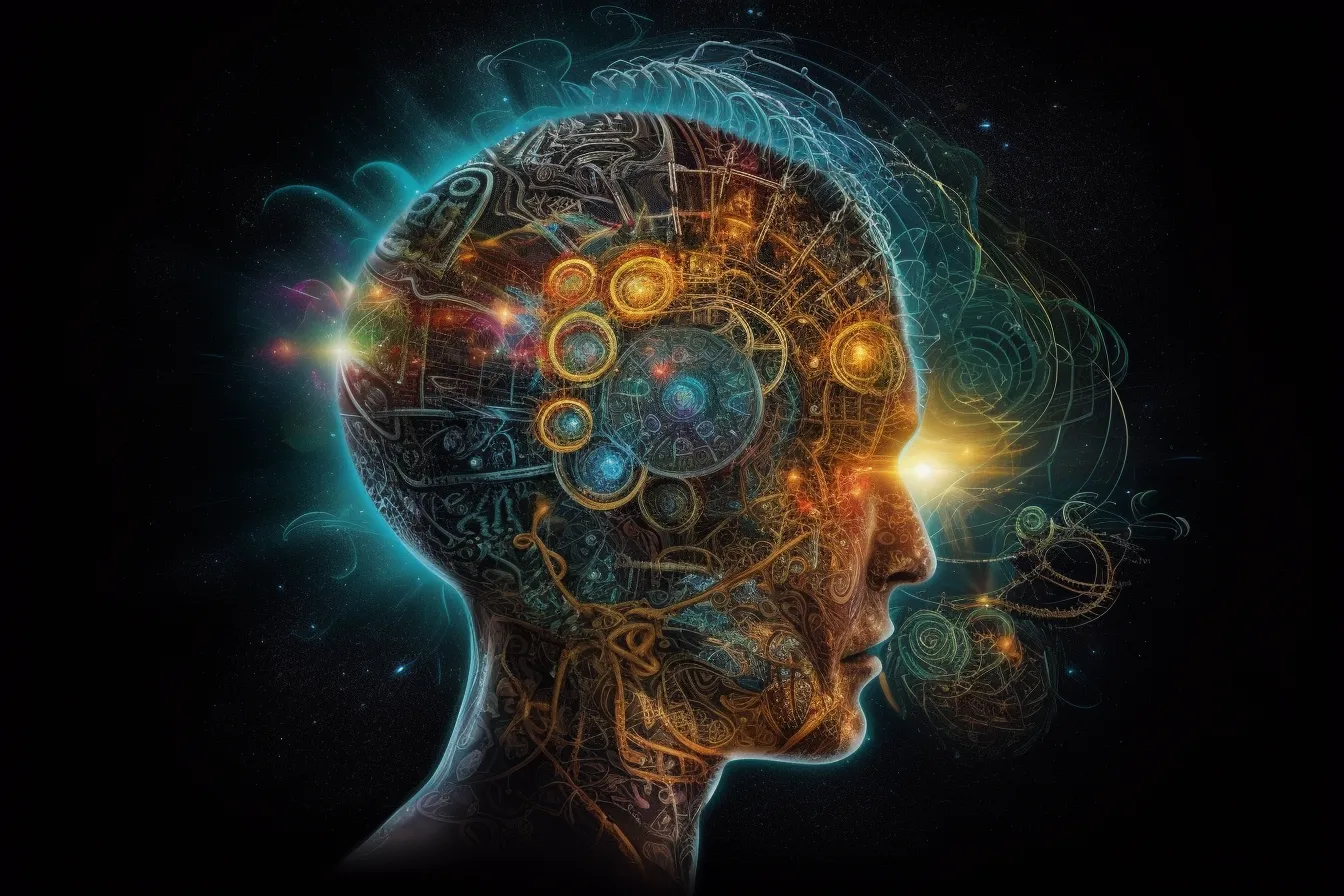
The Cryptic Molecule: DMT and Its Intriguing Effects on Awareness

In the realm of psychedelic compounds, few substances provoke as much curiosity and intrigue as dimethyltryptamine, or DMT. Often known as the “spirit molecule,” DMT has seized the creativity of academics, spiritual seekers, and curious learners alike. Its significant effects on consciousness have motivated a wave of scientific inquiry aimed at decoding the puzzles of this cryptic substance.
Exploring the Neural Mechanisms
At the forefront of DMT research is the examination of its influence on the human brain. Neuroscientists are investigating the intricate neurological mechanisms underlying DMT’s effects, aiming to understand how it alters perception, cognition, and consciousness itself.
One key aspect of DMT’s action is its potent interaction with serotonin receptors in the brain. Serotonin, often termed the “feel-good” neurotransmitter, plays a crucial role in controlling mood, perception, and cognition. By binding to specific serotonin receptors, DMT triggers a flood of neural activity, leading to profound alterations in consciousness.
Studies using advanced imaging techniques such as functional magnetic resonance imaging (fMRI) and positron emission tomography (PET) have provided valuable insights into the neural correlates of DMT-induced states. These studies reveal widespread changes in brain connectivity and activity, particularly in regions linked to introspection, self-awareness, and emotional processing.
Unlocking Transformed States of Consciousness

DMT’s ability to induce altered states of consciousness has been likened to entering a world of kaleidoscopic visions, profound insights, and mystical experiences. Researchers are intrigued by the parallels between DMT-induced states and those reported in various religious and spiritual traditions, suggesting that DMT may offer a portal into the nature of consciousness itself.
One theory posits that DMT may act as a catalyst for accessing non-ordinary states of consciousness, allowing individuals to explore realms beyond the constraints of everyday perception. These experiences, often described as “breakthroughs,” can be profoundly transformative, leading to shifts in worldview, enhanced creativity, and a greater sense of interconnectedness.
The Curative Potential of DMT

Beyond its role as a tool for exploring consciousness, DMT holds promise as a therapeutic agent for treating a range of mental health conditions. Preliminary research suggests that DMT-assisted therapy may be effective in alleviating symptoms of depression, anxiety, and post-traumatic stress disorder (PTSD).
One proposed explanation involves DMT’s ability to promote brain plasticity, the brain’s aptitude to reorganize and form new brain connections. By facilitating neuroplastic processes, DMT may support individuals conquer entrenched habits of thought and behavior, leading to lasting therapeutic benefits.
Moreover, DMT’s significant psychotherapeutic effects may come from its ability to induce states of ego dissolution, allowing patients to rise above limiting beliefs and access deeper layers of the psyche. This disintegration of the ego can foster feelings of unity, compassion, and interconnectedness, which are essential for healing and personal growth.

Conclusion: Traveling into the Essence of Consciousness
As our understanding of DMT continues to evolve, so too does our appreciation for its profound impact on the human brain and psyche. From unraveling the intricate neurological mechanisms to exploring its therapeutic potential, DMT represents a gateway to uncharted territories of consciousness.
As we go deeper into the science of DMT, we may unlock new insights into the nature of reality, consciousness, and the human experience. Whether used as a tool for self-exploration, a catalyst for therapeutic healing, or a subject of scientific inquiry, DMT invites us on a journey into the essence of consciousness, where the mysteries of the mind await to be discovered.